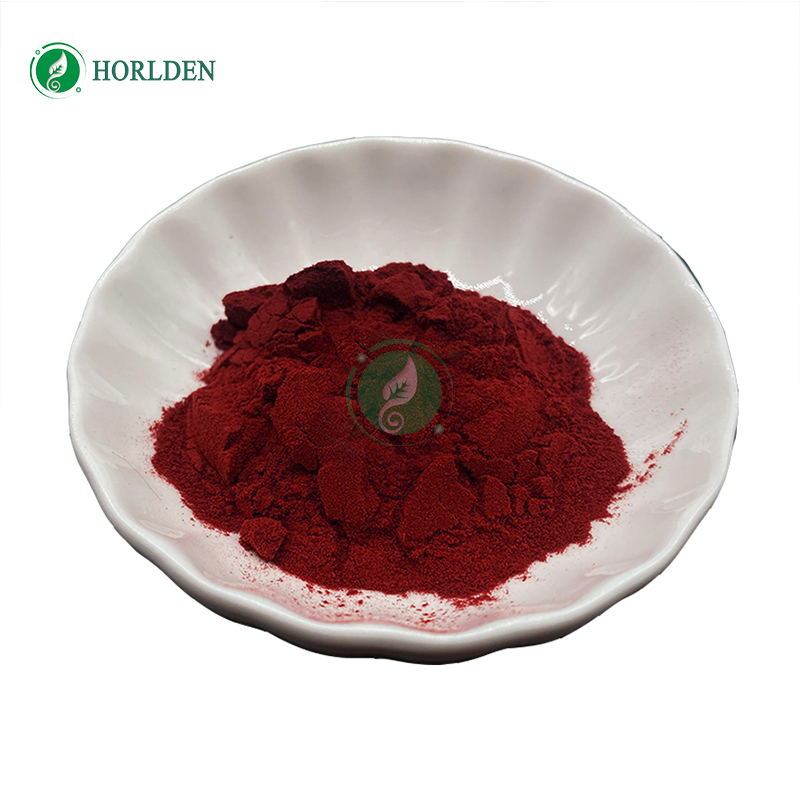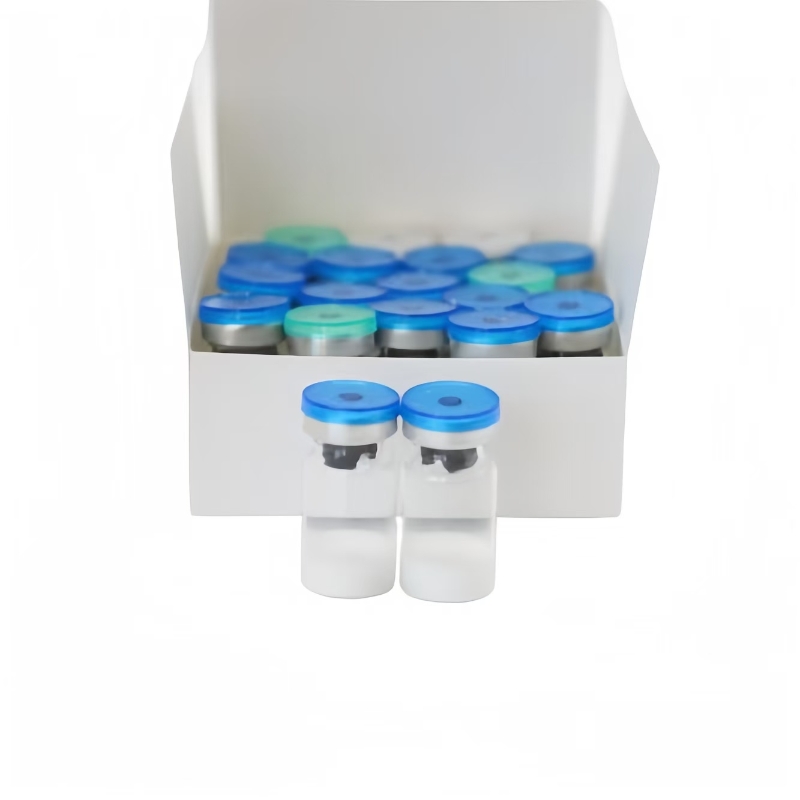-
Categories
-
Pharmaceutical Intermediates
-
Active Pharmaceutical Ingredients
-
Food Additives
- Industrial Coatings
- Agrochemicals
- Dyes and Pigments
- Surfactant
- Flavors and Fragrances
- Chemical Reagents
- Catalyst and Auxiliary
- Natural Products
- Inorganic Chemistry
-
Organic Chemistry
-
Biochemical Engineering
- Analytical Chemistry
-
Cosmetic Ingredient
- Water Treatment Chemical
-
Pharmaceutical Intermediates
Promotion
ECHEMI Mall
Wholesale
Weekly Price
Exhibition
News
-
Trade Service
According to a multi-center study led by researchers at the University of Texas Southwest, during the cooling and rewarming phases of hypothermia treatment, neonatal hypoxic-ischemic encephalopathy is at risk of attack
.
Dallas-October 19, 2021, protect their brains from hypoxia.
Newborns undergo cooling treatments.
The risk of epilepsy and brain damage is increased during rewarming, which may be a precursor to disability or death, a new study led by The research team UT Southwestern Pediatrician recommends
.
The findings, published on the JAMA Neurology website, may lead to better ways to protect these vulnerable patients during the critical period of cooling or hypothermia that is often overlooked
Lena Challack, MD
"A lot of evidence shows that cooling babies who do not get enough oxygen at birth can improve their neurodevelopmental results, but few studies have focused on what happens when they are reheated to normal body temperature
.
" Research leader Lina Chalak, MD, Said the professor of pediatrics and psychiatry at the University of Minnesota Southwest, the associate director of neonatology and the founding medical director of the neonatal neurology program at Parkland Hospital
Millions of newborns worldwide are affected by neonatal hypoxic-ischemic encephalopathy (HIE), which is brain damage caused by hypoxia at birth
.
Dr.
To help improve the results, the infant was diagnosed with HIE to treat hypothermia, and the cooling blanket was used to lower the body temperature to as low as 33.
5°C.
Dr.
Chalak said that the treatment was achieved by the National Institutes of Health (NIH) Neonatal Research Network 15 years ago.
Among them, UT Southwest has always been a member
.
Initial research showed that during the cooling process, infants with HIE often experience asymptomatic seizures—a neurological event that further damages the brain—promoting electroencephalogram (EEG) monitoring to become a standard part of hypothermia treatment.
.
However, Dr.
In order to better understand the risk of seizures during rewarming, Dr.
Chalak and colleagues from 21 different institutions of the Neonatal Research Network conducted a study on 120 infants.
These infants participated in another study and compared the two Different cooling schemes, one is longer and colder than the other
.
In Dallas, patients are registered with the Parkland Health & Hospital System and follow-up at Children's Health
When the researchers compared the last 12 hours of cooling and the first 12 hours of body temperature recovery, they found that recovering body temperature tripled the chance of seizures
.
In addition, infants who had seizures during rewarming were twice as likely to die or develop neurological impairment at the age of 2 as those who did not have seizures during this period
Dr.
Chalak said that although it is not yet known how to prevent seizures in infants with HIE, treating them when they have seizures can help prevent further brain damage
.
Therefore, monitoring during the cooling and rewarming process can help protect the brains of these young patients from further harm during the recovery process
"This study tells us that by making monitoring a standard part of the protocol, there is an untapped opportunity to improve the care of these babies during rewarming," said Dr.







